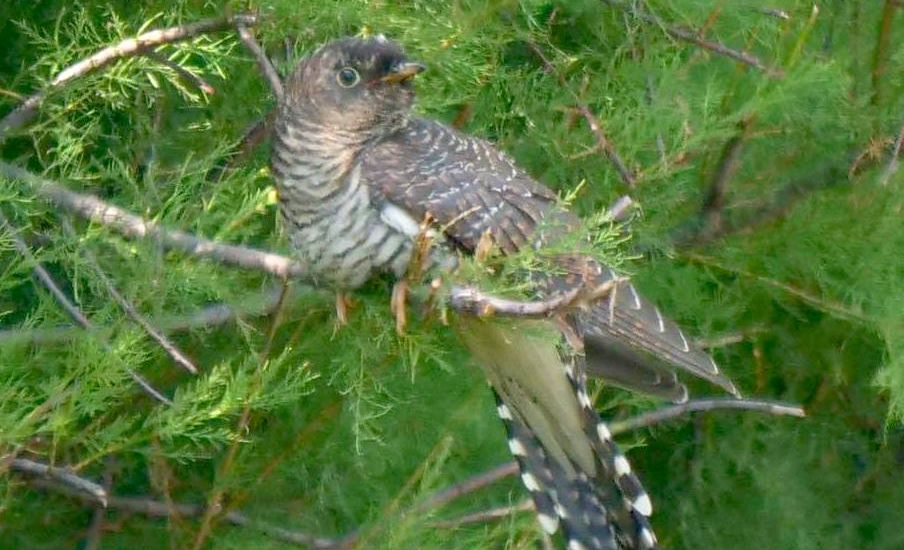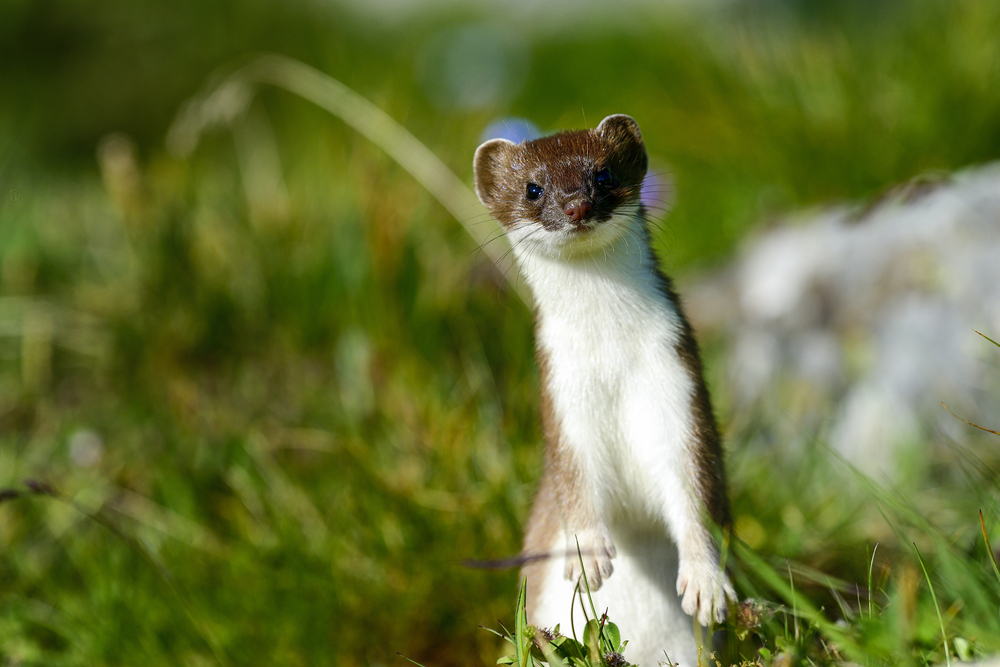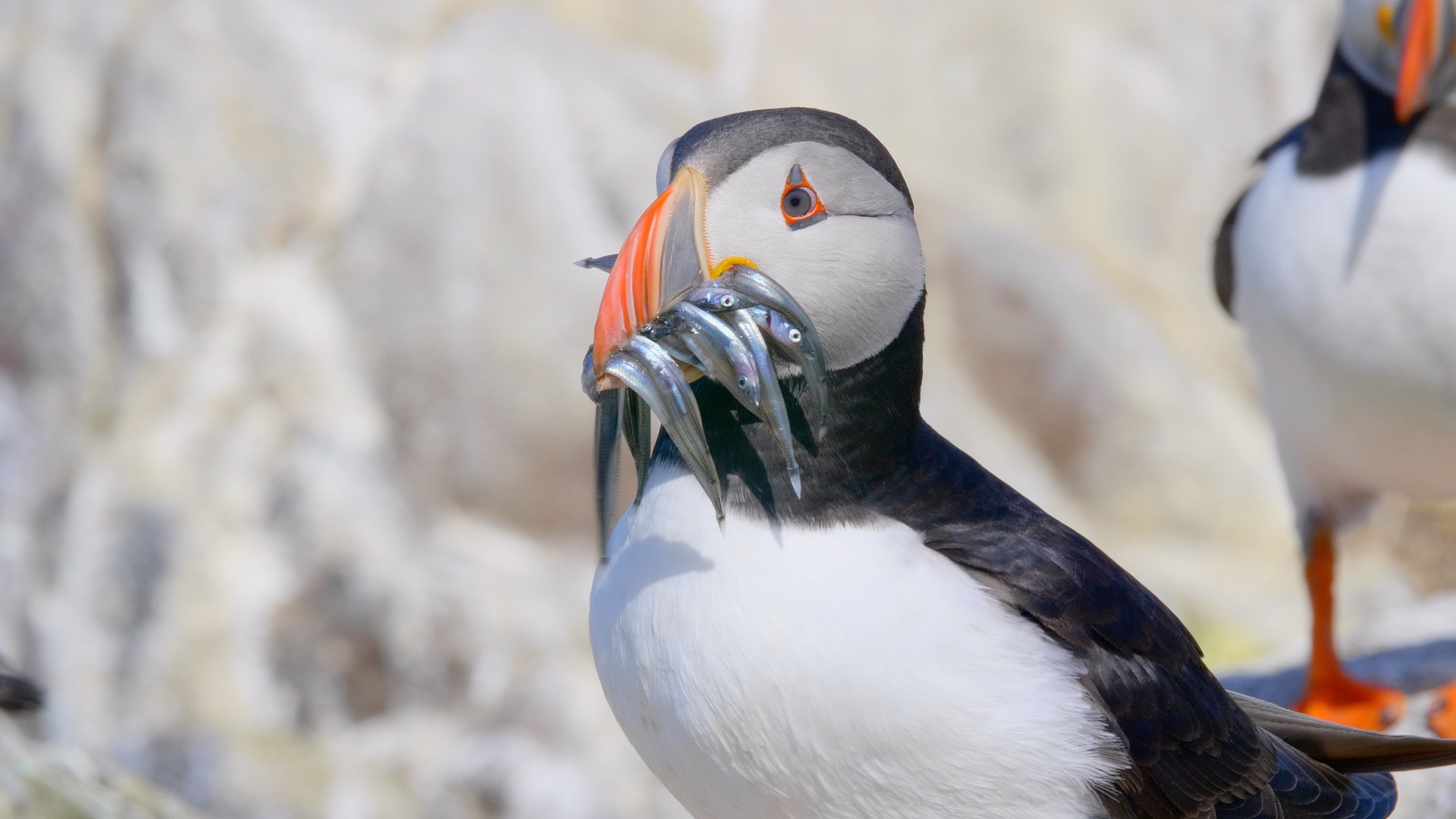


Jersey's National Trust recently highlighted the plight of some of our avian fauna, which led to some questions over their statement. This related to the status of the cuckoo, which the Trust said was 'extinct', yet members of the public asked how this could be the case when they were seen most years.
This is also further confused by the sightings of young in summer 2020 indicating likely breeding (first time in several years).
Well, both points are correct because the term extinction is not always as final as the way of the dodo.
Unless a species is endemic to Jersey (found nowhere else in the world) which goes extinct then we are only looking at regional extinctions most of the time i.e. lost from the island but still present within the wide species ranges.
Species that fall into this category are normally terrestrial species with limited dispersal ability to recolonise from the wider specie range. Historically for Jersey, this has included species such as Brown hare, Water vole and the most recent regional extinction for our terrestrial mammals (last 30 years) the charismatic Stoat.
For some of our more mobile species, they can be identified as extinct breeding species. This is where the species is still present on the island or may pass through the island on migration but there are no breeding populations left.
This can be caused by a range of impacts such has no suitable breeding habitat, loss of food resources, population crash, or loss of supporting population from further afield whose surplus would support our local populations.

Pictured: "Unless a species is endemic to Jersey (found nowhere else in the world) which goes extinct then we are only looking at regional extinctions most of the time i.e. lost from the island but still present within the wide species ranges."
These species may still be recorded every year migrating through the island to active breeding grounds elsewhere in the species range or if present on the island could include old animals that are remnants of the historic population but no longer breeding. Examples of this are Guillemot, Yellowhammer, Turtle dove and, up until 2020, Cuckoo would have fallen into this category.
The third extinction to consider is the extinction of a viable population. This is the blurrier of the extinctions as it can include the presence of breeding individuals and remnant small populations.
However, the populations have become isolated, and the rate of recruitment does not allow for population growth and as animals age, the population will continue to decline until it has gone extinct as a breeding species or regionally extinct.
This is often the case for migrating birds, where it is estimated that only 33% of fledged young will survive to return to the breeding grounds. So, a species that only produces a single young a year will need seven young to successfully fledge across the population to get two to return the next breeding season.

Pictured: Puffins fall into the category of unviable population.
Combine this with the loss of adult birds, and it's easy to see how a small population can quickly become an unviable population. Some of our local birds such as Puffin and now the return of breeding Cuckoo fall into this category.
However, there is hope, as action can be taken in all these situations to change the fate of our local species.
Pictured: A juvenile cuckoo captured on camera by Piers in summer 2020.